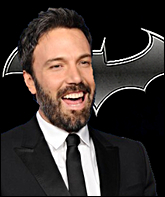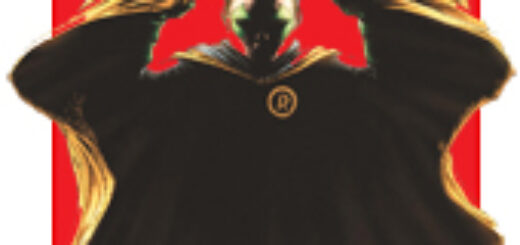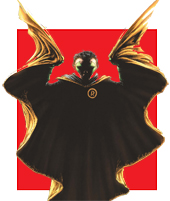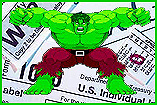Dennis O’Neil: Batman’s War
As I engage with the machine before me, it is the evening of May 26th – yes, Memorial Day, wherein we commemorate the most noble and glorious of human activities. And what else? Well, as you may have heard, Batman celebrates his 75th this year. Yes, the caped crusader, the dark knight, Bruce Wayne’s elseperson made his debut in May of 1939. (Okay, you pickies might observe that, given publishing practices of the time, Batman may have actually appeared in late April. Go away, pickies.)
Now, given Batman’s birthday and Memorial Day being so close, is it not appropriate that we conflate those two. Honor Batman’s participation in the defining event of his early years, War the Deuce? Where did he serve? The European front? The Pacific?
Ooops! Nowhere is where he did his war duty.
Of course (again nodding to pickies, who have not gone away) that’s not necessarily true. Yes, yes, you could read every comic book in which he appears from, say, 1941 to 1945 and find nary a trace of him in foreign combat zones. But look at the contemporary movies and yup, there he is, in a 15-chapter serial that got into theaters in 1943. It is not terrible, measured against stuff like it, and it did contribute The Batcave to the Batman mythos, for which, I guess, we can be grateful. But it was what it was, a kiddie entertainment made cheaply at the height of a world war, and so flavored with chauvinism. Here’s a couple of the narrator’s lines: “This was part of a foreign land, transplanted bodily to America and known as little Tokyo. Since a wise government rounded up the shifty-eyed Japs. it has become virtually a ghost street.”
It was what it was.
And that was that when the subject was Batman and the war? Nope. I said that Batman engaged in no war activity in comics published while the war was actually being fought but fast forward to 1969 and we find Batman teaming up with Sgt. Rock and the combat-happy joes of Easy Company. It’s a flashback story, but what’s flashed back to is Batman fighting in Europe with Rock and the guys.
So…the comic book Batman did not participate in the war while it was happening, but he did participate in it after it was long ended. I’ll wait while you untwist your mind.
I don’t know why the comics folk kept Batman out of the conflict abroad – other comics characters participated in it – and this may be one of those facts that history has annihilated, lost to us forever. Most people thought, and think, that it was that rarity, a just war and nobody sitting at my computer is arguing, not about World War Two. About other wars? Let’s not get started.
But I wonder: if the comics guys had done a Batman war story during the war, what kind of story would it have been? Batman leaping from the trenches and leading his troops into the enemy’s withering machine gun fire? Or Batman slinking around a blacked-out city searching for spies? Or would they have opted for realism and given us a story full of mud and suffering and pain and fear and ignominious death?
Not likely. Not then.
Probably not now.




 Exactly a week before Fox is slated to present its schedule to advertisers, the network has given a formal series pickup to Gotham. The project, based on characters from the DC universe, had a series commitment and had been considered a lock for the spot on the 2014-15 schedule. An origin story of the great DC Comics supervillains and vigilantes, Gotham explores the early years of Commissioner James Gordon (Ben McKenzie) as an idealistic rookie detective in Gotham City and the rogues’ gallery of villains that made the city infamous. The pilot for the project, from Warner Bros TV, was written/executive produced by creator Bruno Heller and directed/exec produced by Danny Cannon.
Exactly a week before Fox is slated to present its schedule to advertisers, the network has given a formal series pickup to Gotham. The project, based on characters from the DC universe, had a series commitment and had been considered a lock for the spot on the 2014-15 schedule. An origin story of the great DC Comics supervillains and vigilantes, Gotham explores the early years of Commissioner James Gordon (Ben McKenzie) as an idealistic rookie detective in Gotham City and the rogues’ gallery of villains that made the city infamous. The pilot for the project, from Warner Bros TV, was written/executive produced by creator Bruno Heller and directed/exec produced by Danny Cannon.
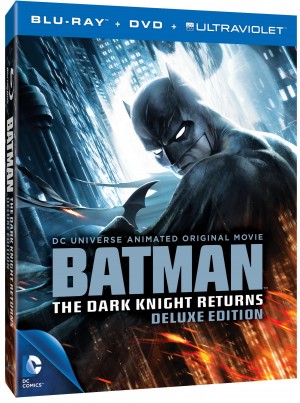
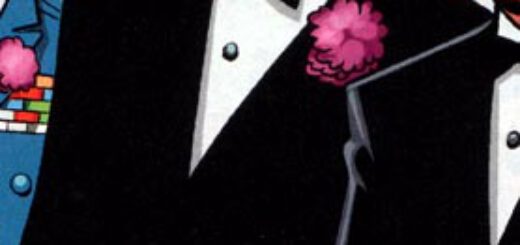
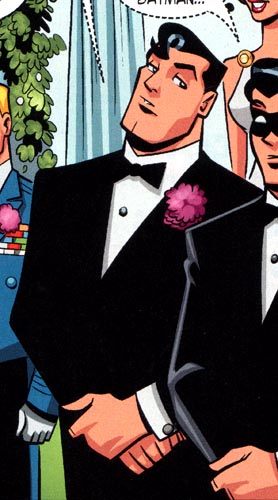 My good friend Martha Thomases, as usual, wrote
My good friend Martha Thomases, as usual, wrote 
